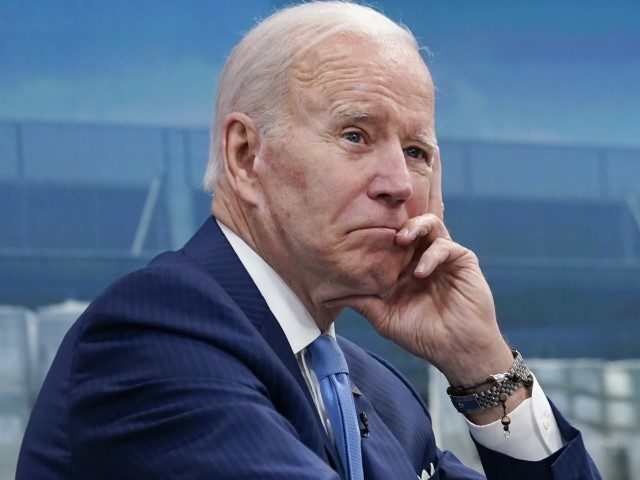Orders placed with U.S. factories for durable goods rose more than expected in May, indicating that inflation is still riding high on strong demand despite Federal Reserve efforts to tame prices.
The Commerce Department said orders for durable goods—items meant to last at least three years increased 0.7 percent in May after a revised 0.4 percent rise a month earlier.
That was stronger than the 0.1 percent gain expected by analysts surveyed by Econoday.
Much of the gain, however, was likely due to inflation. The orders data are not adjusted for inflation, so a monthly rise can represent either a real increase in goods ordered or a rise in the price of goods ordered. If prices are rising faster than real goods ordered, the Commerce Department’s data would show an increase despite factory output falling.
That appears to be what happened in May. The Federal Reserve reported last week that real durable goods production by U.S. factories fell 0.2 percent.
The Producer Price Index for durable consumer goods rose 0.7 percent in May, matching the increase in orders, after April’s rise of one percent. The Bureau of Labor Statistics’ ‘Processed Goods for Intermediate Demand’ price index, which economist Steven Hanke pointed us to last year as a proxy for factory orders, jumped 2.3 percent. Hanke is a professor of applied economics at Johns Hopkins University and served on President Reagan’s Council of Economic Advisers.
So-called core capital goods orders, which exclude transportation and military spending, rose 0.5 percent. This is looked at as a proxy for business investment. Unfortunately, prices of private capital equipment—as measured by the BLS—rose 0.7 percent. That suggests a real decline in business investment.
In short, factories are producing fewer goods at higher prices, indicating the strength of inflationary forces in the economy and the looming threat of a stagflationary scenario in which the economy grows slowly or contracts even while prices keep rising.

COMMENTS
Please let us know if you're having issues with commenting.